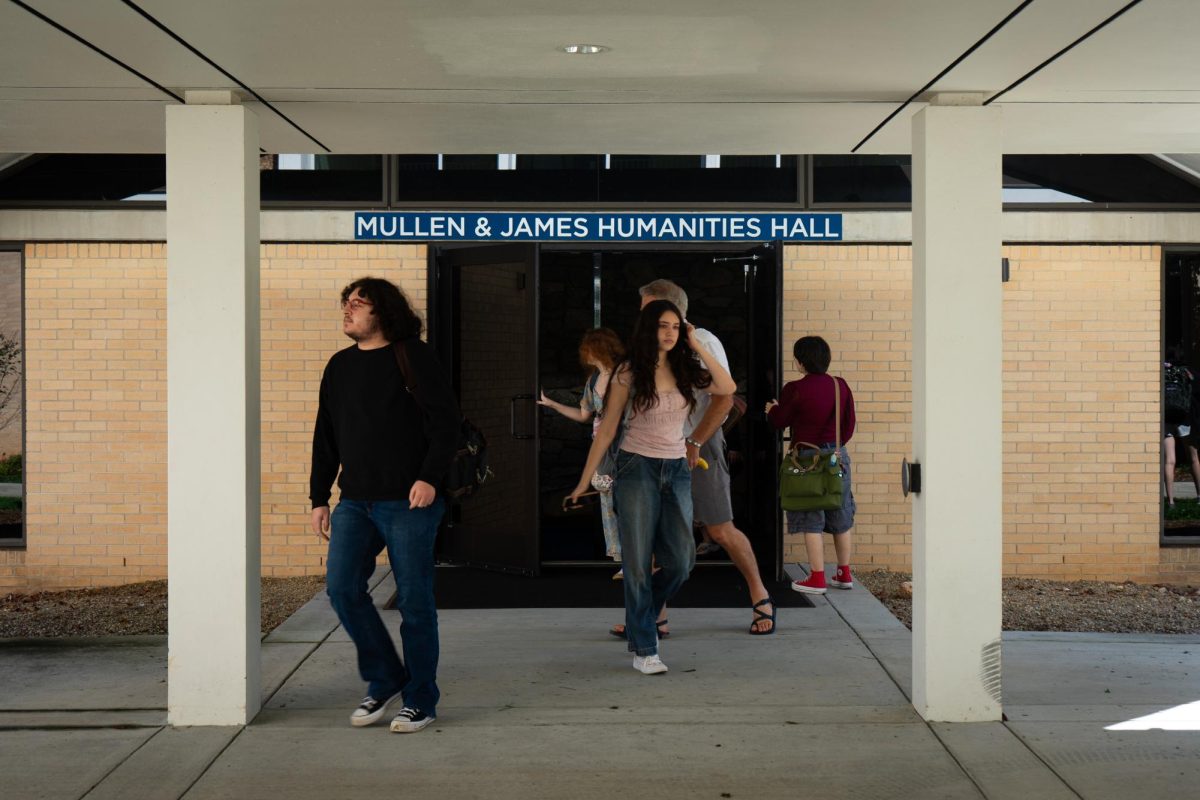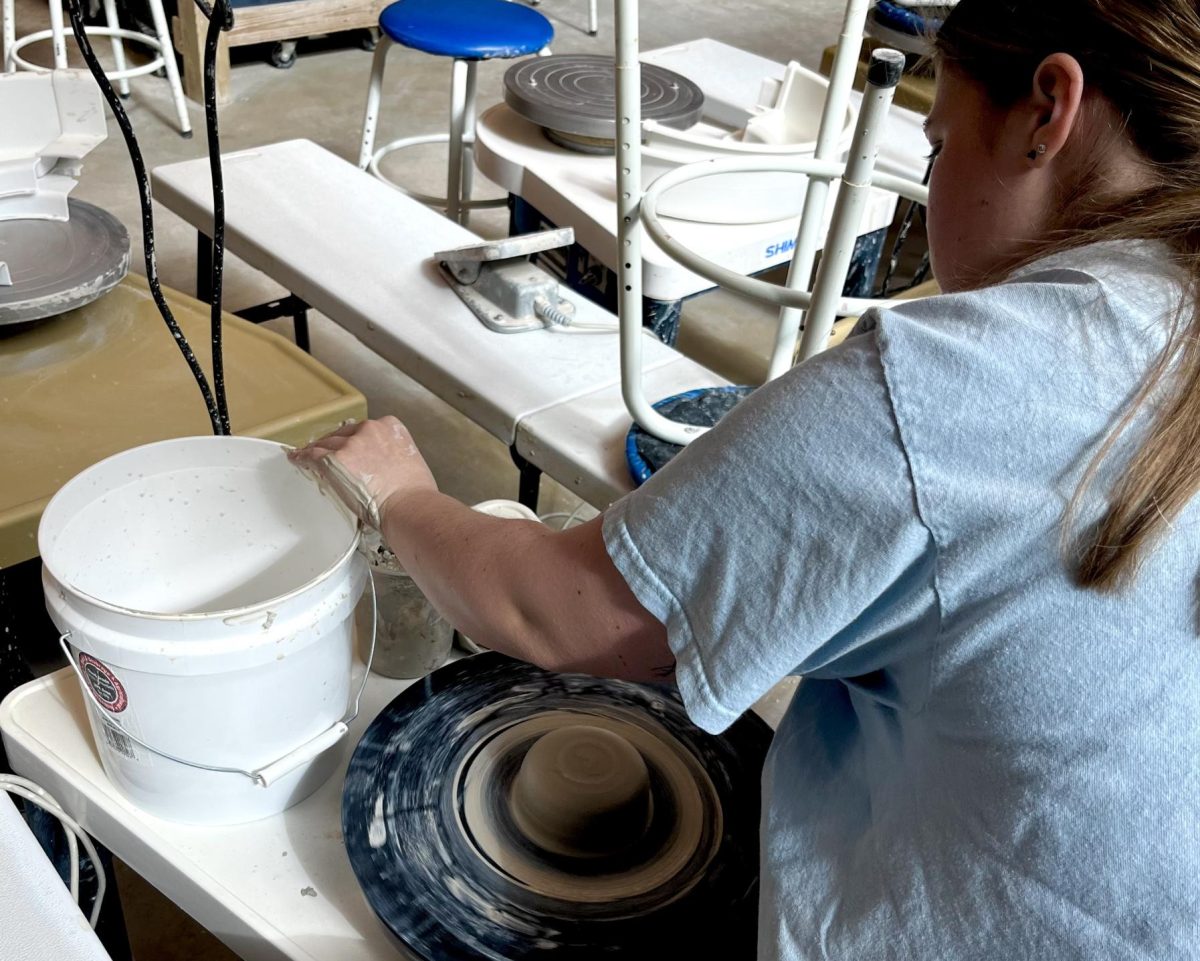By Larisa Karr – [email protected] – A & F Editor | Feb. 18, 2015 |
Immigration is an issue endemic to American society, media and history. It is also a topic that continues to draw discourse today, particularly when it comes to the issue of Hispanics coming into the U.S.
According to the Pew Center for Research, the national Hispanic population is set to double from 14 to 29 percent, with the bulk of the population growth being comprised largely of immigrants.
In North Carolina, for instance, the Hispanic population has increased dramatically from 2000-2011, rising a total of 120 percent.
This increase, according to Deborah Miles, director of the Center for Diversity Education at UNC Asheville, is also reflected in the student body composition.
“The state of North Carolina is at 7 percent, so we’re pretty close to our state average,” Miles said. “In fact, we have a larger Latino population than we have an African-American population, about twice as much.”
Hispanic students outnumbering African-American students in universities is a national trend. According to the Pew Center, Hispanic enrollment of 1.2 million students in 2011 versus African-American enrollment of 1.1 million students makes Hispanics the largest minority group at four-year colleges and universities.
There are programs to help first-generation Hispanic students succeed in university, like the Development, Relief, and Education for Alien Minors Act and the Advancement via Individual Determination program.
There are also skeptics, said Jose Zapata, a sophomore political science student. He immigrated to the United States with his family from Medellin, Colombia, in 2001.
“If you look at all the Hispanic students on campus, they are all either citizens and/or were born here with Hispanic heritage,” Zapata said. “But I’ve never encountered someone who has been here through the DREAM Act.”
Other students, like Carolina Arias, a junior environmental studies student and a Costa Rica native, are angry about the frequent use of the word “illegal” to describe any immigrant, college student or not, who crosses the border.
“They are not illegal,” Arias said. “They are human and are born and raised in a shitty system where they are told that they should not exist.”
According to the Migration Policy Institute, the group of Americans most likely to frown upon the influx of immigration is aged 65 or older.
“In 2006, there was a day where they encouraged all Hispanic people to not do anything,” Zapata said. “They did it, and they looked at the stats and realized that the economy could crash and the market would collapse if there were none at all.”
Although the youngest demographic of 18-29 ranked lowest on the ranking of prejudice against immigration, this does not mean ill will has age boundaries.
For Zapata, this is something he has worked to shield his parents from experiencing prejudice any chance he gets.
“I didn’t want to go to my cap and gown ceremony with my parents because I know how these students are and I can’t even imagine how their parents are,” Zapata said. “I remember telling my mom, ‘I don’t really want to go today.’”
Arias cites the U.S.’ continuous manipulation of Latin American politics as the reason for the immigration wave.
“I can understand the underlying root causes of why these children are fleeing,” Arias said, “and then to hear portions of the American government take the stance that these people should not be here and that we don’t need to take care of them is irresponsible.”
An influx of Hispanic students on campus would allow more people to have the chance to interact and discover commonalities out of perceived differences.
This happened with Dustin Hicks, a sophomore art student from Wilkesboro, North Carolina, who has a stepmother from Latin America.
“You see certain representations, like a lot of things my stepmom would say and do are heavily influenced by her culture,” Hicks said, ”and that was just something I hadn’t really seen as much elsewhere until I was talking to Caro.”
Zapata said the lack of Hispanic students on campus remains low to the point where he becomes excited when he sees another student from the same cultural background.
“It’s definitely to the point now where my reaction to another Hispanic person is, ‘Oh my god, who’s that?’” Zapata said. “‘Another one?’”
Categories:
Hispanic under representation, more diversity cries
February 19, 2015
0
More to Discover


![Brooke Pedersen [second from the right] and Luis Reyes [right] hold banners during the Wrap The Woods event.](https://thebluebanner.net/wp-content/uploads/2025/09/ELIZABETH_PRITCHITT_IMG_3470-1200x804.jpg)
















